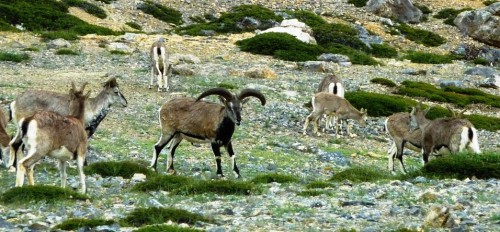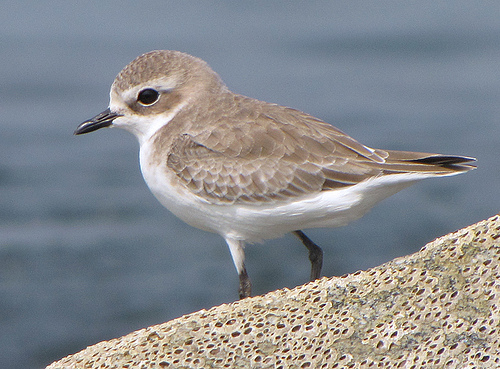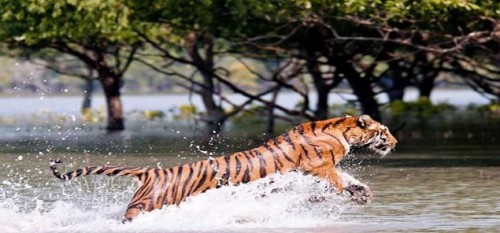RESEARCH: A team of scientists has come up with a unique solution to conserve and protect the grasslands that cover more than a quarter of the Earth’s land area. These rich bio-diverse ecosystems, which support the existence of several indigenous plants and animals, are experiencing rapid ecological decline due to the indiscriminate use of fertilizers in the last few decades. However, as suggested by the scientists, it could be possible to reverse the man-made damage to a large extent by simply allowing grazing animals to chew out the overgrown grass in affected areas.

The solution was put forward after a five-year comparative study conducted by the Nutrient Network or NutNet, a group of more than 50 scientists who are currently engaged in studying the grasslands worldwide. The study was carried out at 40 different locations around the world, and the findings of the study are to be published in the journal Nature.
Study co-author, Daniel S. Gruner says, “This study has tremendous significance because human activities are changing grasslands everywhere.” The associate professor of entomology at the University of Maryland further said, “We’re over-fertilizing them, and we’re adding and subtracting herbivores. We have a worldwide experiment going on, but it’s completely uncontrolled.”
Non-sustainable human activities – like,
- Burning fossil fuels,
- Dumping of farm animal manure in the land,
- Indiscriminately adding fertilizers to farm land,
have all contributed to excess nitrogen and other nutrients in the grassland soil. This imbalanced has in turn allowed certain grasses to overtake others, as these species are capable of sapping the nutrients fasts and hence they grow bigger. This not only results in fewer nutrients but also less sunlight for the other species. Moreover, grasslands around the world are also being rapidly converted into pasture land for domestic animals, which incidentally outnumber wild grazers like the elk and antelope.
Help from Grazers
While the theory of allowing grazers to chew out the grass to reverse the effects of over-fertilization has been around for a while, the idea had never been tested before. Therefore, the NutNet scientists created four test plots in each of the 40 study sites and conducted a controlled experiment. The first plot was fenced, thus preventing animals from grazing it. Animals were allowed to graze in the second plot but it was first sprayed with fertilizers in order to reproduce current farming practice. The third plot was fertilized but was fenced, and the last one was left in its original state.
The study revealed,
- Fertilized plots with fewer grazing animals had a lower diversity of plants, while those with higher percentage of grazing animals showed a rise in plant diversity.
- The greatest improvement was seen in plots where large wild as well as domestic animals were allowed to graze. These animals included elk, pronghorn, and cattle on North America’s Great Plains; impala and wildebeests on Africa’s Serengeti; and ibex, sheep, and horses in rural India.
- Places with only small animals like voles, gophers and rabbits did not show much improvement.
The findings of the study clearly show that grazing animals significantly improve biodiversity by increasing the amount of light penetrating to the ground.
“Where we see a change in light, we see a change in diversity,” notes lead author Elizabeth Borer, of the University of Minnesota. “Our work suggests that the two factors which humans have changed globally – grazing and fertilization – can control ground-level light. Light appears to be very important in maintaining or losing biodiversity in grasslands,” she added.
Many grassland and grassland species in India are facing threats because of the onslaught of urbanisation, conversion of land to farmlands and fertilizers disrupting the natural growth of ethnic grasses. This research is surely of use to India, where it is not difficult to introduce grazing animals.
More related Stories,
Lovely Lantana Spelling Doom for Tigers
Invasive Species Eating Away Forest of Andaman Islands









2 thoughts on “Grazing Animals To Nature’s Rescue: Saving Dying Grasslands”